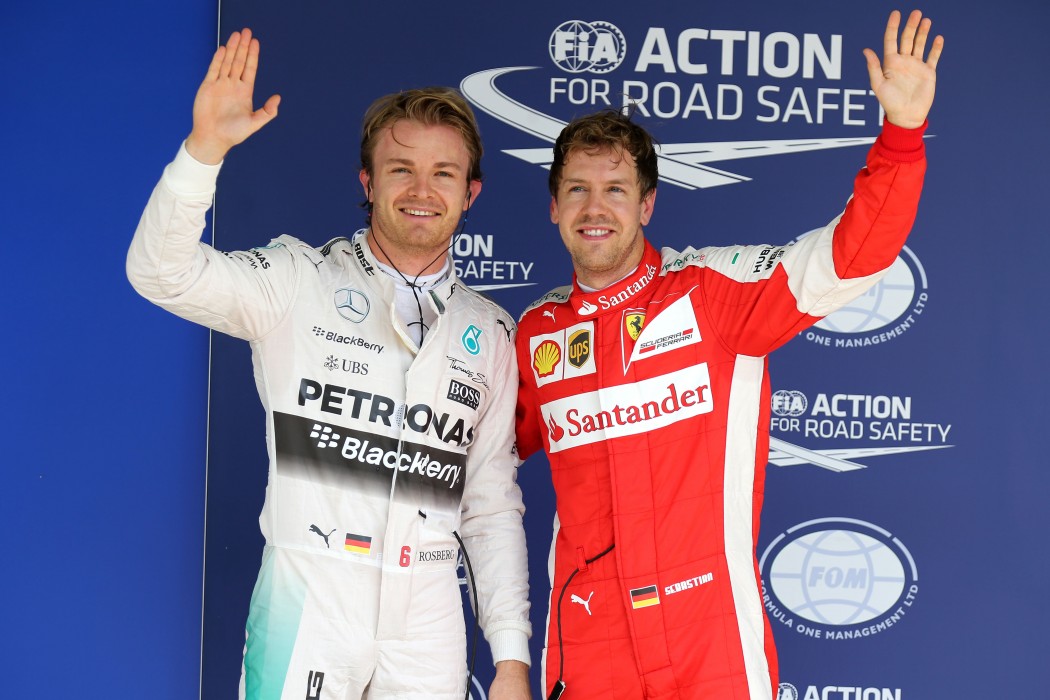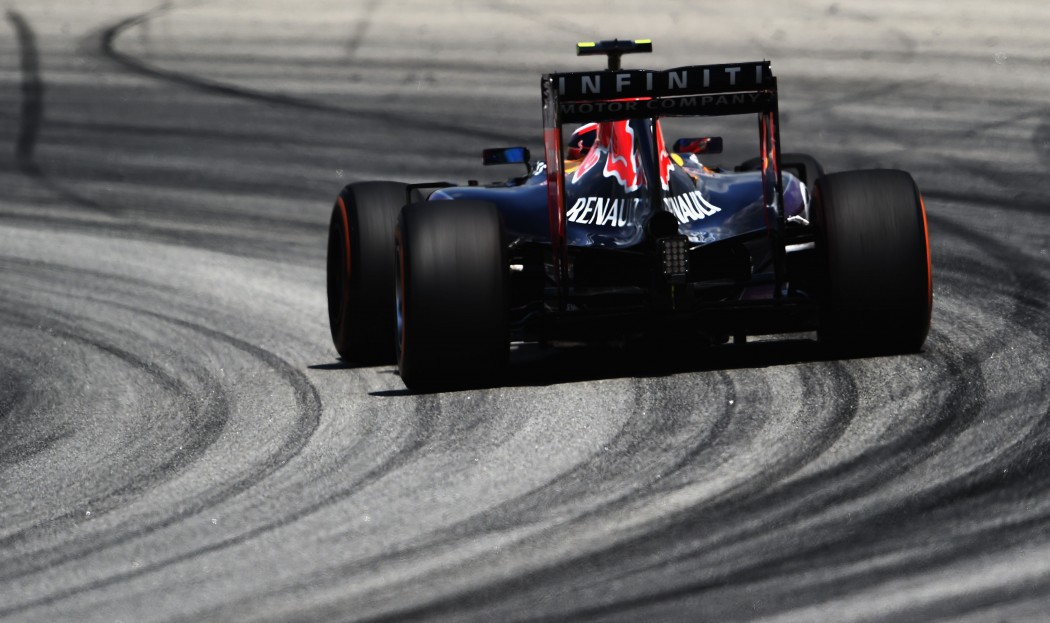McLaren:
An empire in crisis
I was wrong to think Ron Dennis was the right manager to lead McLaren back to success. Martin Whitmarsh’s softness had little to do with McLaren’s fall from grace. The entire culture at Woking should be reassessed.
Dennis still handles the team as if it is the trend-setter in Formula 1. This has not been the case in at least seven years. Ever since the Spygate scandal in 2007, the team has been descending into mediocrity and it finally hit rock bottom in 2015. And there have been no real efforts to reverse the trend.
Problems
McLaren’s budget is one of the highest in Formula 1. Yet, the team finished the 2015 season at ninth position in the constructors’ championship. This was McLaren’s worst season in 35 years. It is no surprise that high-end sponsors started abandoning ship. Santander is leaving and so is Johnnie Walker. The two brands follow in the footsteps of Vodafone and Hugo Boss that also decided they were not getting the expected PR return on their sponsorship money.
The worst sponsor loss (not in terms of finances, but in terms of negative PR), however, is the one of TAG Heuer. Both sides admitted that there was no longer a fit between the two brands with TAG Heuer’s recently appointed CEO Jean-Claude Biver looking for a more youthful image. Biver found the perfect new partner in Red Bull Racing, while Dennis seemed glad to severe a relationship that did not fit the clean-shaven corporate image of McLaren.
The McLaren-Honda project still makes sense as only works teams seem to have any chance of success under the current engine formula.
Power struggles
McLaren has been without a title sponsor ever since Vodafone left the sport in 2013. But, rather than looking for an appropriate new partner, Dennis has been focusing on internal power struggles. The CEO has been trying to increase his stake in the company and obtain full control, ever since forcing Martin Whitmarsh out in January 2014. For McLaren’s sake, however, Dennis should be looking for young investors that could bring a different perspective to the company.
McLaren’s current philosophy centered on theoretical perfection led it to designing a zero-size car with no power. Honda are not blameless for the disaster that the 2015 turbo hybrid engine was, but McLaren’s chassis designers had asked for a small engine to fit their allegedly aerodynamically perfect car. At the end, McLaren’s chassis is even not the best in Formula 1, trailing behind the ones of Red Bull Racing and Mercedes.
Hope for the future
Despite Dennis’s efforts to destroy the racing team, there is still hope. Fernando Alonso and Jenson Button are probably the most talented driver partnership in the sport and Honda is more than willing to pay half their wages to keep them at Woking. Furthermore, there are already positive signs on the track. In his final stint on supersoft tyres in Abu Dhabi, Alonso nearly matched the pace of Lewis Hamilton and Sebastian Vettel.
The power unit designers at Honda have already identified the main sources of the engine’s problems. Over the winter, they are allowed to make the fundamental changes that they could not complete under the in-season development regulations. The McLaren-Honda project still makes sense as only works teams seem to have any chance of success under the current engine formula.


















































Related Articles